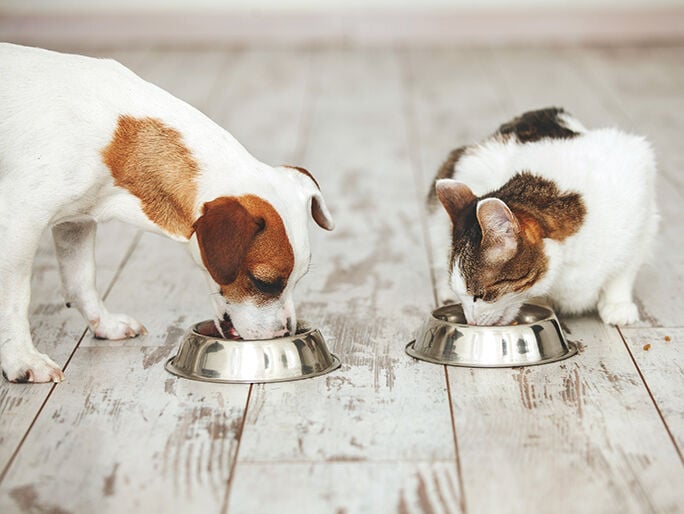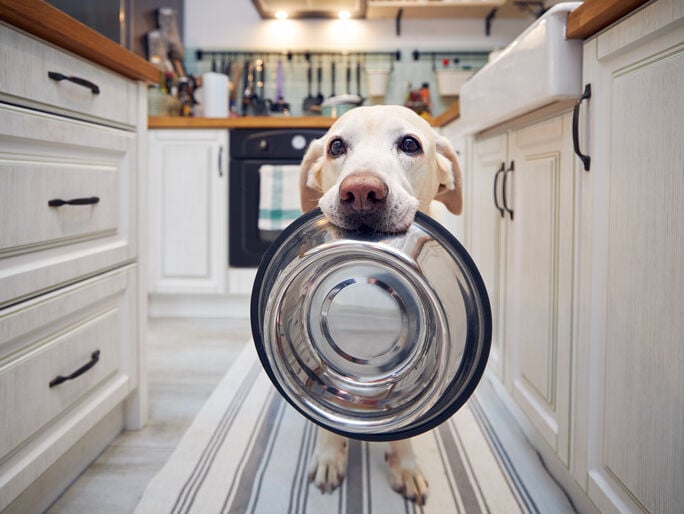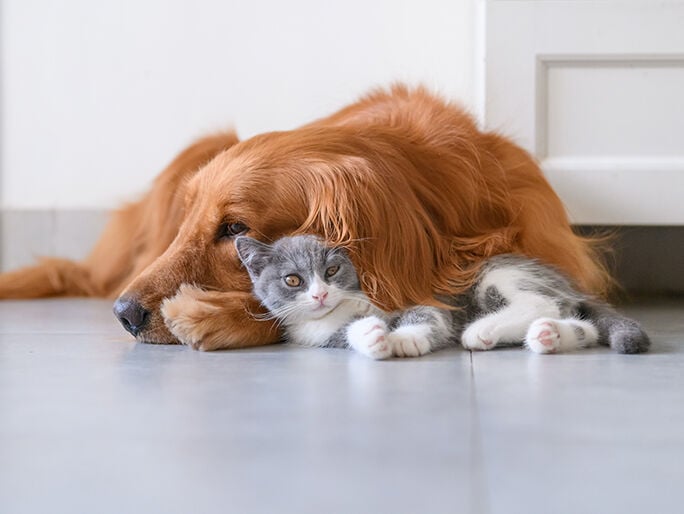is pet shedding normal?
Trying to stop dogs and cats from shedding like crazy? Here’s what to know.
Shedding is a normal part of having hair and fur. However, there are certain ailments and times of the year that can make pet life extra hairy.

Top reasons for pet hair shedding
- Seasonal shedding
- Stress
- Environmental or food allergies
- Fleas or mites
- Bacterial or fungal skin infections
- Hormonal imbalances
- Pregnancy or nursing
What to know about pet hair and pet shedding
Regular brushing plus bathing (on a vet-recommended schedule) can help keep pet hair contained. Regular grooming sessions are also a great way to get some hands-on love time with your pet and help you spot potential skin and coat concerns.
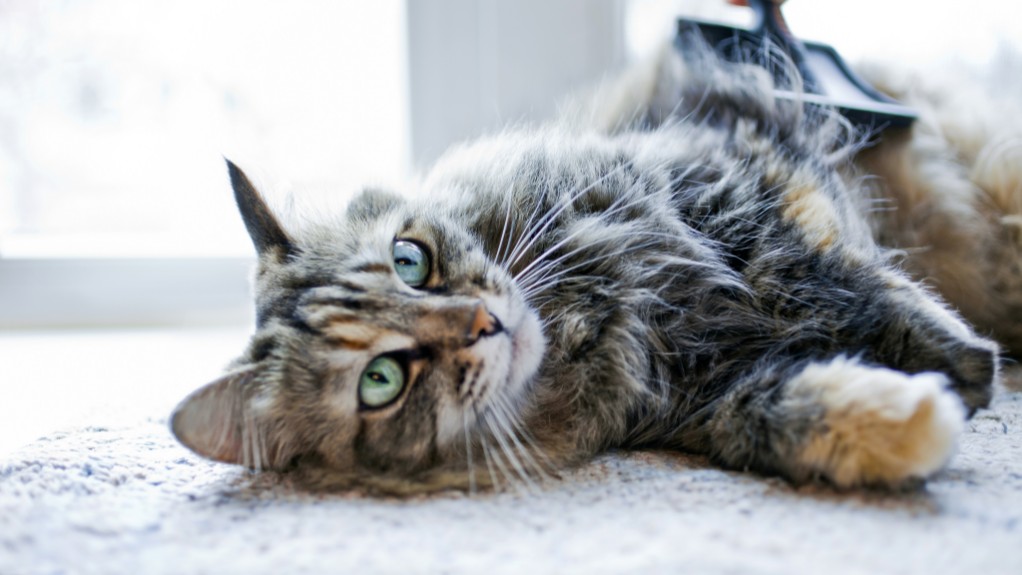
Good grooming can help with seasonal shedding
Although some dogs shed year-round, most dog and cat furballs will typically shed at least twice a year, in spring and fall. Whether this is a little bit of shedding or a lot will depend on your pet’s coat.
Dogs usually have either a single coat or a double coat. Single-coated dogs don’t have a fluffy underlayer, while double-coated dogs have a downy second coat under their top fur. This is what makes them look fluffy. It also means a lot of hair.
Single-coated dogs
Dogs with shorter coats should be brushed regularly with a brush designed for shorter hair. Some owners like to use a fur mitt, which is worn like a glove. Brush in the direction the hair grows help to loosen and pick up hairs.
Common single-coated dog breeds:
- Basset Hounds
- Cocker Spaniels
- French Bulldogs
- Greyhounds
- Poodles
- Yorkies
Double-coated dogs
Dogs with a floofy underlayer can benefit from special brushes, like a slicker brush or coat rake, designed to pull out their fluff before it ends up in puffs on furniture or floors. Only use these brushes in the same direction as hair growth.
Common double-coated dog breeds:
- Corgis
- Golden Retrievers
- Labrador Retrievers
- Shiba Inus
Does sudden shedding mean my pet is sick?
In general, healthy shedding should not result in bald spots. If you’re seeing unusual shedding, take a closer look at your pet. Do you see any red areas, rashes, bald patches, or sores? More dandruff than usual? More scratching than usual?
Your pet’s skin and coat are big indicators of their overall well-being. Food or environmental allergies, fleas, bacterial or fungal skin infections, and hormonal or endocrine imbalances can all manifest as itchy symptoms on your pet’s skin.
Many different causes can create similar symptoms, so veterinary expertise can be a big help in decoding the signs on your pet’s skin. It’s always worth mentioning any new or unusual hair loss to your veterinarian.
Should I shave my dog to stop shedding?
It may be tempting to shave your dog to avoid regular brushing, but this may backfire. Your dog needs their hair to help them regulate body temperature and protect their skin.
If your dog has a double coat — a downy underlayer plus a “guard layer” of hair on top — shaving should really only be used if they have a serious matt or tangle that can’t be removed any other way. That’s because their under-fluff works like an insulator to keep them cool in summer and warm in colder weather.
Top coats and undercoats also grow at different rates. Shaving may not only mess with your pet’s body systems but also lead to a coat that looks patchy and ragged.
Single-coated dogs — which is any dog without a downy undercoat — may need regular professional clipping at the groomers to help keep their hair from matting. It should never be clipped shorter than about half an inch to both help keep them insulated and to protect their skin.
Bathing can help remove dog hair
Shed-heavy breeds can benefit from regular bathing to help loosen hair, either at home or with a trusted groomer. Your vet may also be able to recommend coat-care products for your pet.
When bathing your pet, always use a shampoo designed for pets. Human shampoos aren’t designed for pet skin — they’re actually one cause of dry skin, dandruff, and skin rashes in pets.
Brushing before and after bathing can help remove loosened hair. But make sure not to yank on tangles or matts, and never use scissors to cut them off (it’s too easy to cut the skin). Special tools can help pick through or remove them — a professional groomer can help.
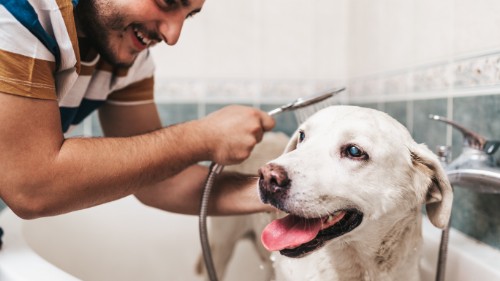
Mentioned in this article
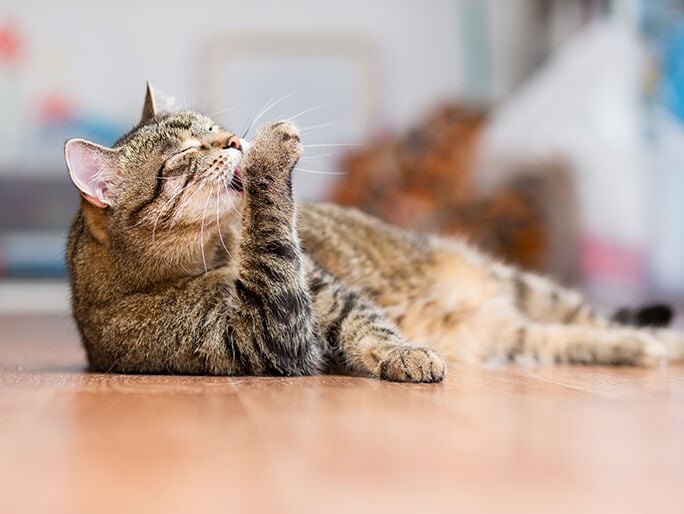

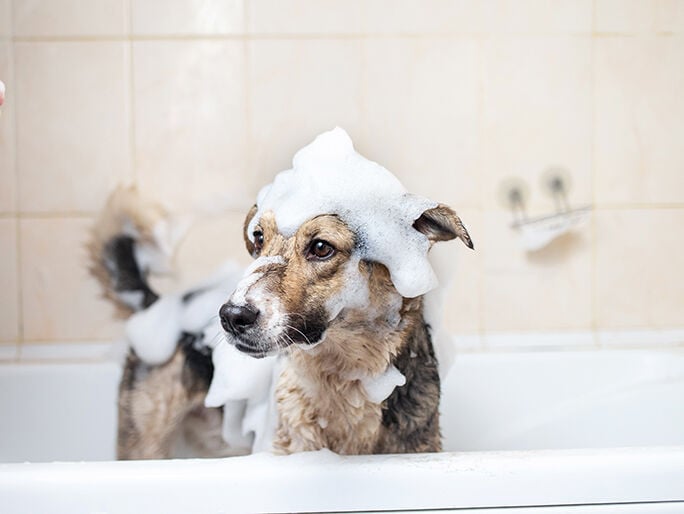
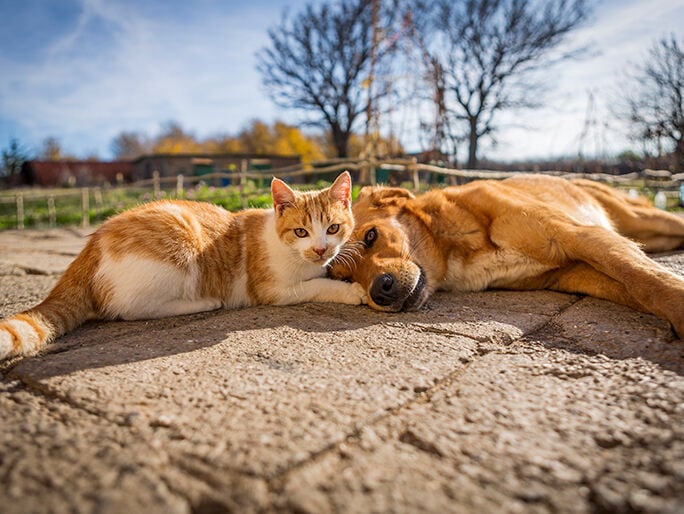
Cat and dog skin and coat care
Help for parasites, allergies, and other skin and coat problems.
Improve your pet’s skin and coat

Need advice on flea control? Ping Pet Chat™!
Whether it's 3 a.m. or 3 p.m., connect with a real veterinary professional for immediate petcare advice. It's included in all Optimum Wellness Plans®!
Log in to start chatting
Save at the Banfield Shop
Our mission is to provide high-quality prescription meds for the pet you love. We believe in safe, effective petcare, so we thoroughly assess every item we carry. We offer discounts on eligible products with your pet’s Optimum Wellness Plan. And you can easily schedule deliveries with our super convenient AutoShip program.
How Banfield can help with pet skin and coat care
We’re here to help your pet’s skin and coat be happy and healthy. From external parasites to skin problems to skin allergies and bumps or wounds, our vets can help with informed diagnoses and action plans to help your pet.
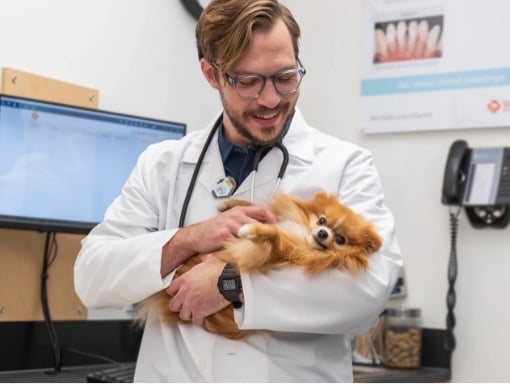
Get veterinary care for external parasites like fleas, ticks, and mites. From flea infestations to tick bites to ear mites and more, our vets can check out skin and coat cooties and recommend appropriate treatment. We’re happy to walk you through your options for year-round parasite control to help your pet!
Is your pet always itchy? Do you think your pet has a skin allergy? Causes for cat or dog itching and scratching can go more than skin deep. We can help figure out what’s causing your pet’s discomfort and suggest medications and treatments that can help your pet be more comfortable in their own skin.
See us for help with bald spots, shedding, greasy skin, and dandruff. Many pet health issues can affect your pet’s beautiful skin and coat. Whether it’s a flea allergy, dermatitis, seborrhea, allergies, anxiety-based issues, or other health concerns, our vets here to help with diagnosis and treatment.
Does your best furry friend have a cut or wound? Do you think they may have a tumor? Give us a call! Our vets can evaluate strange lumps and bumps and let you know if you can stop worrying. We can also help with wounds or direct you to the best resource to immediately help your pet.
 Mites and mange
Mites and mange Podcast - Not Just Fluff
Podcast - Not Just Fluff

